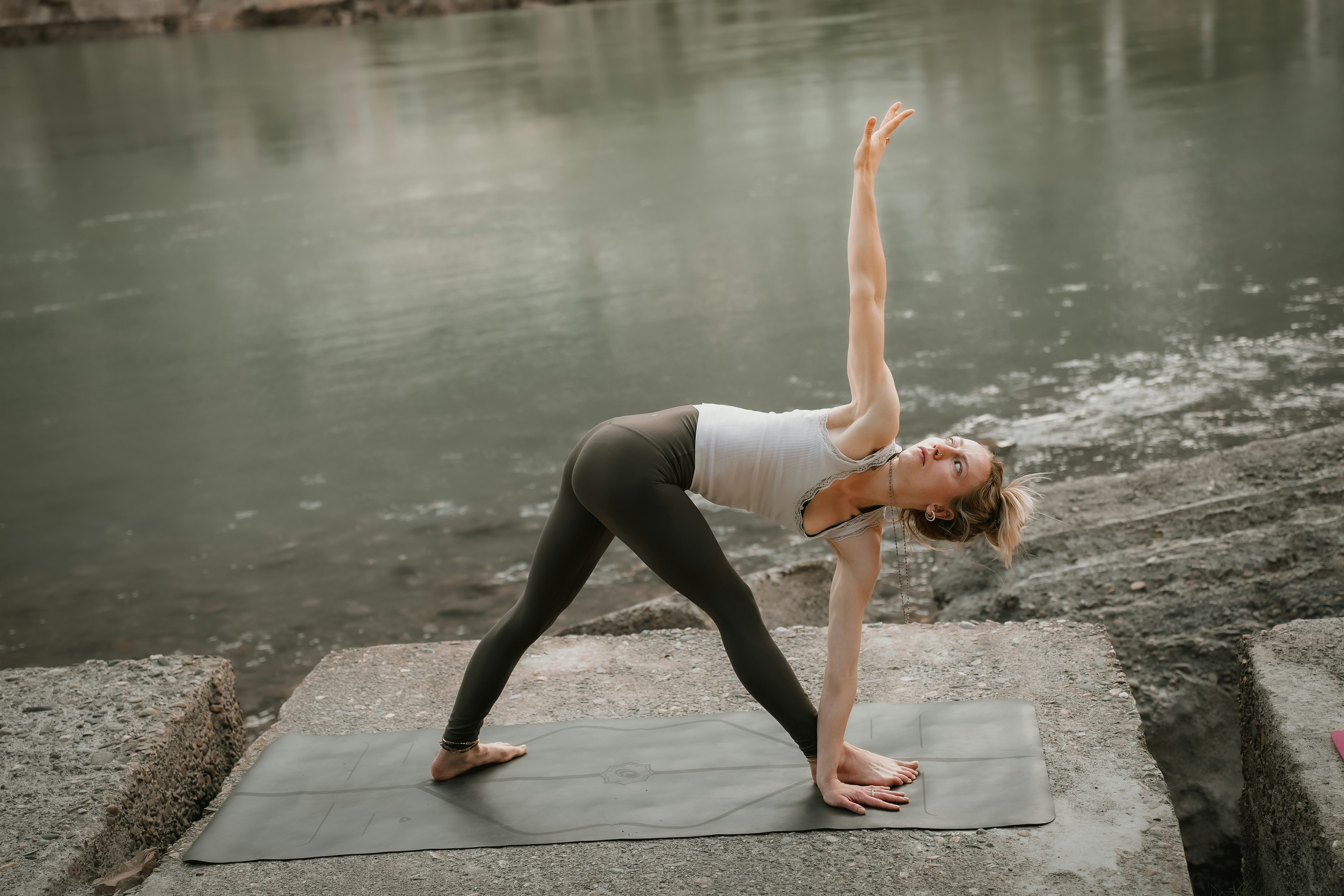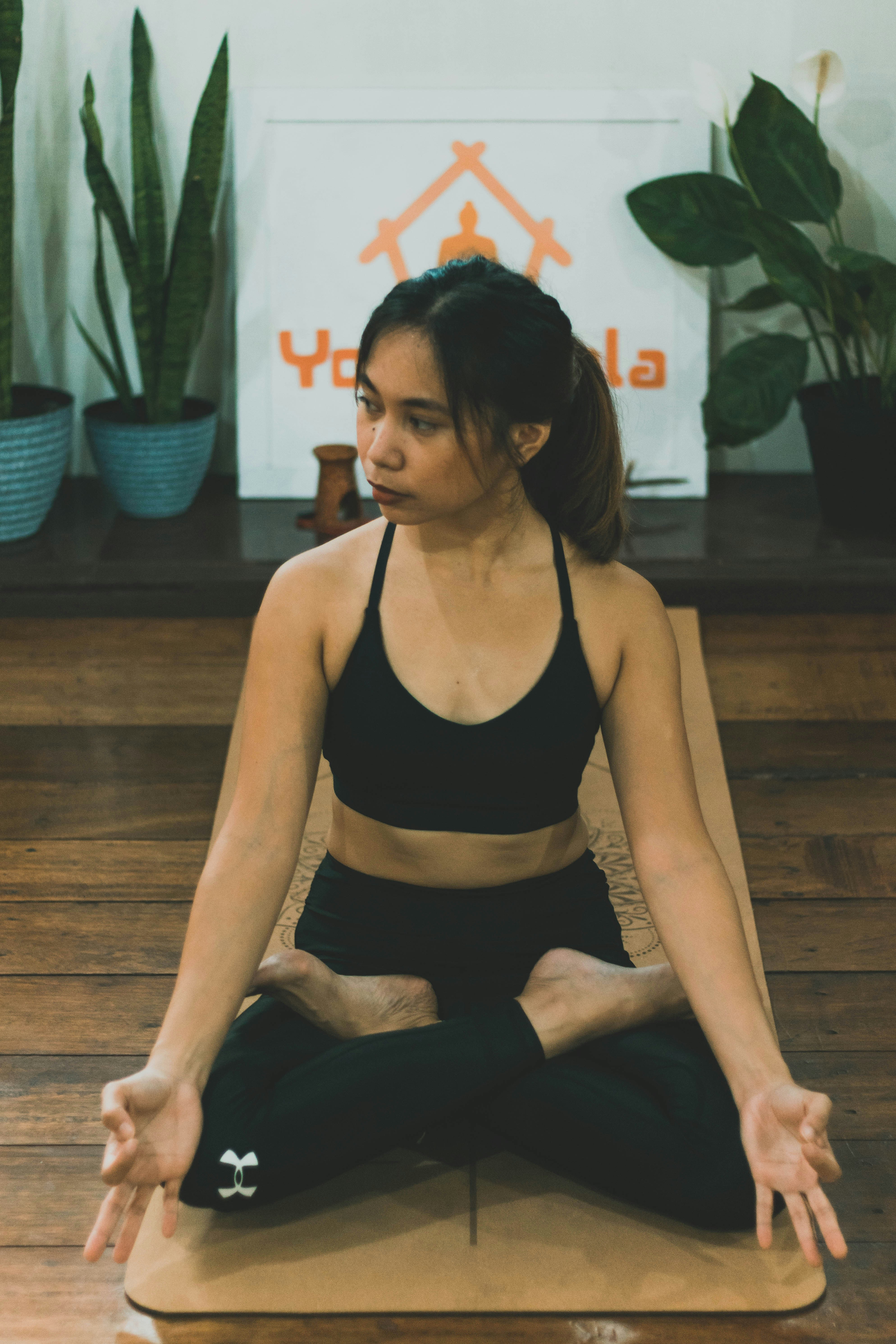Understanding the Staff Pose
The Staff Pose, known as Dandasana in Sanskrit, serves as a fundamental position within yoga practice. This pose is characterized by its emphasis on proper alignment and engagement, making it an essential building block for practitioners at all levels. Dandasana primarily focuses on cultivating a strong foundation and enhancing the overall stability of the body. It is often regarded as a preparatory pose that sets the stage for more complex asanas, thereby playing a critical role in the yoga sequence.
To achieve the Staff Pose, one begins by sitting on the floor with the legs extended straight in front. The feet should be flexed, with the toes pointing toward the ceiling, while the heels are firmly rooted into the ground. As the sit bones connect with the mat, there is a natural alignment of the spine, which must remain erect throughout the duration of the pose. The arms extend alongside the body with the palms facing down, which aids in creating a sense of grounding through the upper limbs. This attention to body alignment contributes to building both strength and flexibility within the muscles.
The engagement of the legs and core plays a significant role in maintaining balance within Dandasana. This pose encourages practitioners to activate their thigh muscles and engage the abdominal region, which helps provide support for the spine. Additionally, breathing deeply while in this position allows for greater awareness of one’s body as well as mental clarity, which can enhance one’s overall practice. In this way, the Staff Pose serves not only as a physical exercise but also as a moment of stillness that cultivates mindfulness and presence.
Benefits of the Staff Pose
The Staff Pose, or Dandasana, offers a multitude of physical and mental benefits that can significantly enhance one’s yoga practice and overall well-being. One key advantage of practicing this foundational pose is its ability to improve posture. By aligning the spine and engaging the muscles in the back, the Staff Pose encourages proper posture, reducing the risk of developing musculoskeletal issues. This alignment is crucial for individuals who spend prolonged periods sitting, as it counteracts the effects of slouching, promoting a more upright stance both on and off the mat.
In addition to its postural benefits, the Staff Pose is instrumental in strengthening core muscles. Engaging the abdominal muscles while maintaining a stable torso helps build strength in the core, which is essential for supporting various yoga poses as well as everyday activities. A strong core not only enhances physical performance but also contributes to improved body awareness and stability.
Flexibility is another important benefit of practicing the Staff Pose. It enhances leg and spine flexibility, preparing the body for more advanced asanas. By stretching and lengthening the muscles in the legs and back during this pose, practitioners may observe an increase in their overall range of motion, which can be particularly beneficial for athletic individuals or those looking to progress in their yoga journey.
Furthermore, the Staff Pose fosters increased focus and mental clarity. As practitioners hold this pose, they are prompted to concentrate on their breathing and body alignment; this mindfulness can lead to reduced stress levels and enhanced mental clarity. Numerous studies and real-life testimonials highlight the calming effects of this pose, with many individuals reporting that it serves as a grounding practice that promotes a sense of peace and stability in their lives.
Modifications for All Levels
The Staff Pose, or Dandasana, is a fundamental seated pose in yoga that provides numerous benefits, such as improving posture and strengthening the back. However, practitioners at different levels may face various challenges when attempting to achieve the correct alignment in this pose. Modifications are essential for ensuring comfort and promoting safety while still allowing individuals to experience the advantages of Dandasana.
For beginners, tight hamstrings and limited flexibility can make it difficult to maintain an upright spine. To alleviate discomfort, beginners may use yoga blocks under their hands, providing extra support while ensuring the spine remains elongated. Alternatively, bending the knees slightly can make the pose more accessible, allowing the practitioner to sit comfortably without straining the lower back. Placing a cushion or folded blanket under the sit bones can also help elevate the hips, fostering a more relaxed seated posture.
Intermediate practitioners often have improved flexibility but may still encounter hurdles, such as lower back discomfort. They can benefit from using straps around the feet to gently pull themselves forward, enhancing the stretch in the hamstrings while maintaining a straight back. Additionally, engaging the core muscles can relieve excess pressure on the spine and promote better alignment.
For advanced yogis, the focus may shift toward deepening the pose while maintaining proper form. They can experiment with different foot placements, such as flexing or pointing the toes, to challenge their balance and enhance the stretch. Incorporating a gentle forward bend while keeping the spine long can further intensify the benefits of the pose. Visual cues, such as ensuring the shoulders are relaxed and the chest is open, are crucial for achieving optimal alignment and maximizing the effects of Dandasana.
Contraindications and Precautions
The Staff Pose, known as Dandasana in Sanskrit, is generally regarded as a foundational posture in yoga, but it is not suitable for everyone. Certain contraindications must be acknowledged to ensure a safe and beneficial practice. Individuals with recent injuries, particularly to the back, hips, or wrists, should exercise caution when attempting this pose. Any acute injury can increase the risk of aggravating the condition, making it advisable to avoid Dandasana or modify it as needed until fully healed.
Chronic pain issues, such as persistent back pain or sciatica, may also signify that this pose is not ideal. Those experiencing such conditions should consult with a healthcare provider or a qualified yoga instructor for tailored guidance. They might consider alternative postures that accommodate their limitations while still promoting strength and flexibility.
Furthermore, individuals who have undergone recent surgeries involving the lower back, hips, or abdominal area should refrain from practicing Staff Pose until they receive approval from their medical professional. Safety is paramount, and caution is key when dealing with post-surgical recovery.
Alongside awareness of specific health conditions, practitioners are encouraged to adopt general safety measures while engaging in Dandasana. It is essential to listen to one’s body and be mindful of any sensations that may signify strain or discomfort. If the spine cannot be kept straight or if there is significant tension in the shoulders, adjustments should be made, such as sitting on a folded blanket or using props for support.
In conclusion, practicing mindfulness and recognizing personal limitations are critical when incorporating the Staff Pose into a yoga routine. Always prioritize safety, seek professional advice when uncertain, and modify postures as necessary to foster a sustainable and safe yoga practice.
Reference:
Image credit https://yogajala.com/wp-content/uploads/staff-pose-1.jpg




Leave a Reply